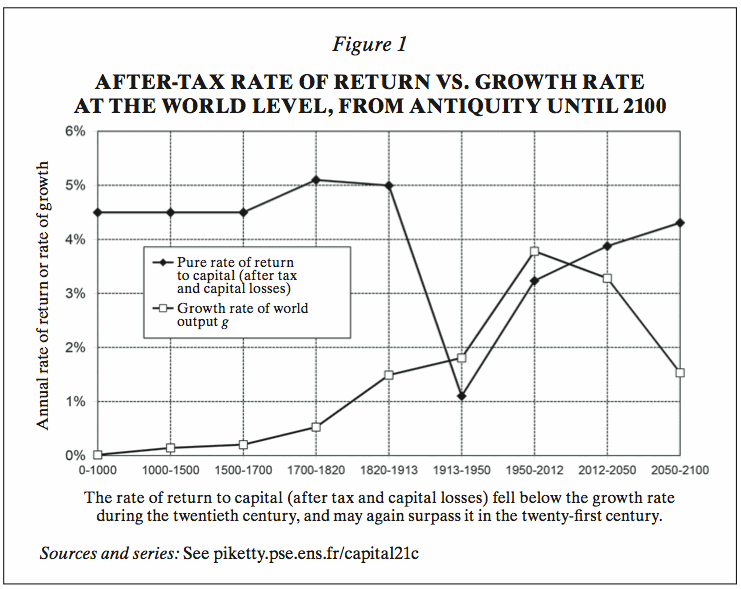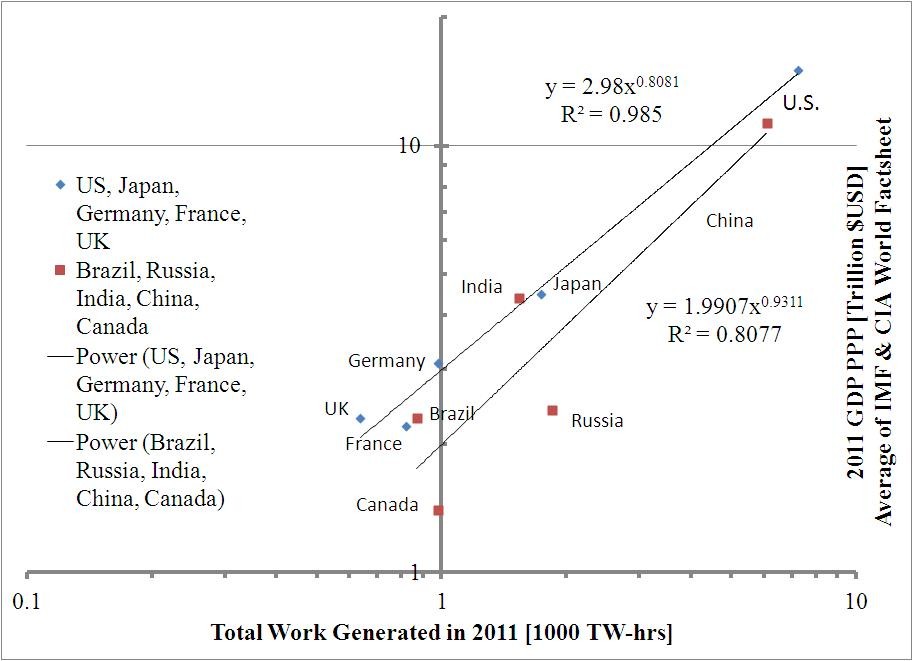Are we there yet Wealth Within
Post on: 16 Март, 2015 No Comment

Published in the Australian, August 2008
by Peter Switzer
It’s animal crackers: analysts are sheepish about ringing the bell on a bear market and unleashing the bulls.
MARKET sages allude to it. Money media big mouths are tipping it. Technical analysis is also pointing to
it. And some thoughtful analysts think it might be close.
It is the end of the bear market and with share prices hit hard since November 2008, it raises the next related question: is it time to get back in?
Some nice up-days on the stock market add credibility to the turnaround story but is this just another bear market rally?
Of course, history tells us that no one rings the bell when a bull market is done and dusted, nor when a bear market is out of negativity.
On my Money Makers show on Sky Business two weeks ago I brought in a bell to see if any of my guests were prepared to ring the end of the bear market.
Hedge fund watcher Chris Gosellin, the founder of Australian Fund Monitors, looked very sheepishly at the bell and said: Not yet.
Last week, CommSec chief equities economist Craig James said he thought it was close to ringing time but he expected a few reverberations before the bull market took over. He said news headlines could determine the turnaround time.
However, there are more bullish types out there.
US money media guy Jim Cramer, the author of Mad Money, told CNBC viewers we had seen the bottom on July 30.
In pure level terms he is already wrong but his argument is best seen as we’re around the bottom. That’s what most of us really care about.
A 100-point fall this week as an entry cost into a 30 per cent rebound would be nothing. However, a 200-300 point loss price might lead to accusations that someone like Cramer was wrong with a capital W. Cramer’s strongest point was extreme pessimism usually runs ahead of the rebound.
I have mentioned in this column before that the low of the US consumer confidence reading has been the starting point of a big market bounce in the past. The June reading was a significant historical low but July came in higher.
This lines up with Goldman Sachs research that says if you had remained fully invested after markets hit their lows in the past, you would have pocketed a 37 per cent gain on average.
This explains my interest in the question: are we at the bottom?
Art Cashin, a legendary trader on Wall Street for UBS, thinks we could be staring at a »platypus bottom an unusual bottom.
Talking on CNBC again, Gordon Charlop of Rosenblatt Securities was more definitive. It’s feeling like a bottom a bit here, he said.

Maybe we’re starting to get to that spot where most of it, all of it is priced in. He’s not expecting a knockout news item to send the market down like an elevator.
Dale Gilham from Wealth Within thinks we are near the bottom. I think we are getting very close to the bottom in fact, I believe we will see the bottom some time this month, he says.
My original target for the fall was that the All Ords would hit around 4800, and we are very close to this strong support level now.
He says it is still possible in the short term to see the market move lower to around 4300 or slightly below in a final exhaustion move. Both of these are strong technical support levels that have a high probability of stopping the fall.
Sydney-based stockbroker Mark Southwell-Keely from Select Equities thinks the timing is also important.
I think the average bear market lasts for around 12 months, he says. On the basis that the bear market started in November 2007, we are almost up to 12 months.
And so what are these guys looking for before they ring the bell for their clients?
The market is a discounting mechanism, Southwell-Keely says. It prices in a slowdown before it occurs the real economy is only now showing signs of weakness and it’s likely to price in a recovery before it occurs.
Gilham wants substantial proof of the turnaround before he gets too cocky. I need to see a sustained rise of around seven weeks before I will get too excited, he says. I also want to see increasing volumes as the past months have seen lower levels of volume suggesting the big end of town is sitting back and watching.
As a boutique fund manager, he is watching for volume surges to indicate the big funds are back in the game.
And for those who like the wild and whacky, Rudi Filapek-Vandyck of FN Arena, in the Eureka Report, says the Coppock Indicator points to the making of a bull market. This plots the rate of change of the share market index and when it falls below zero, it predates the thundering of the bulls.














